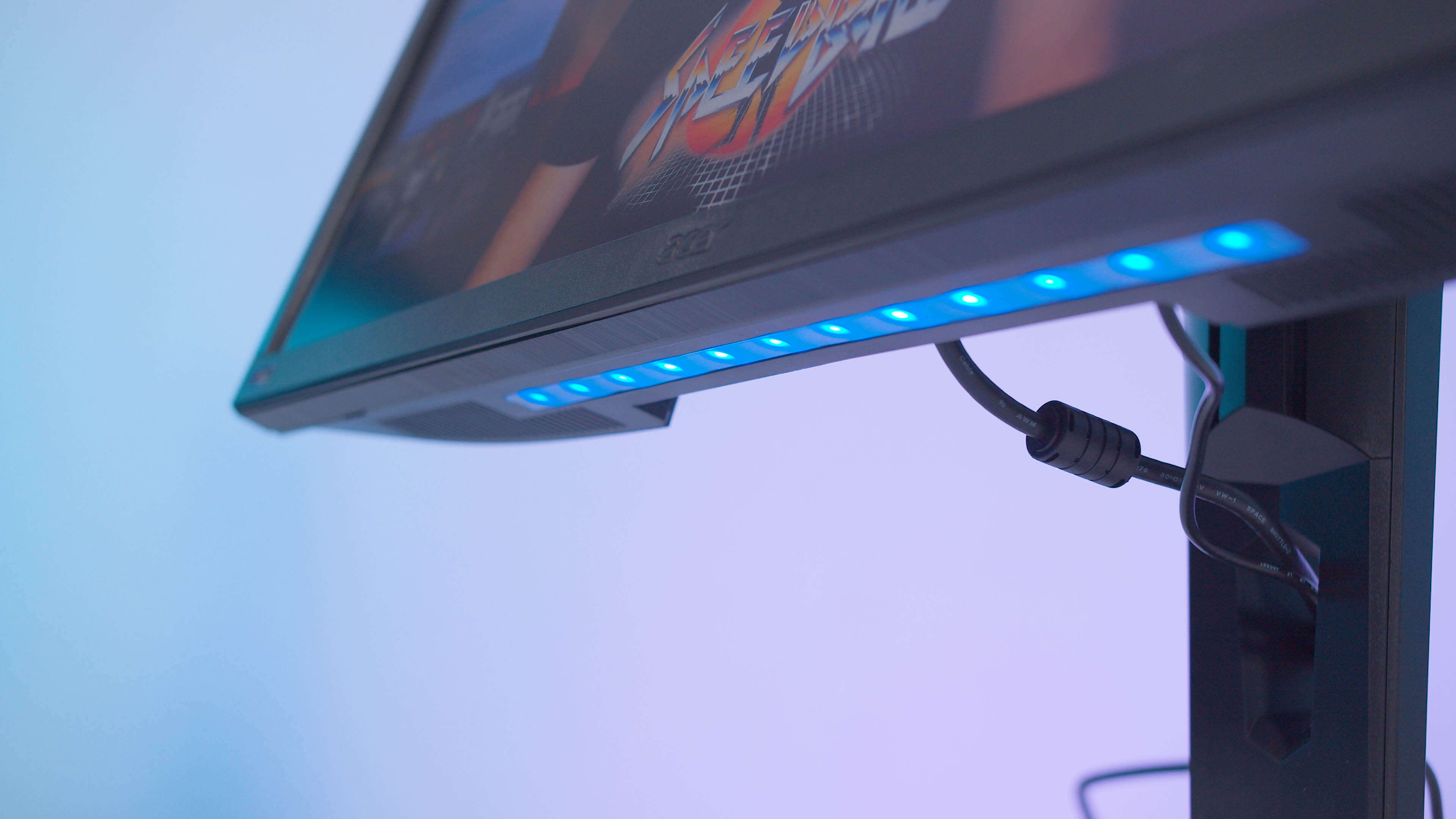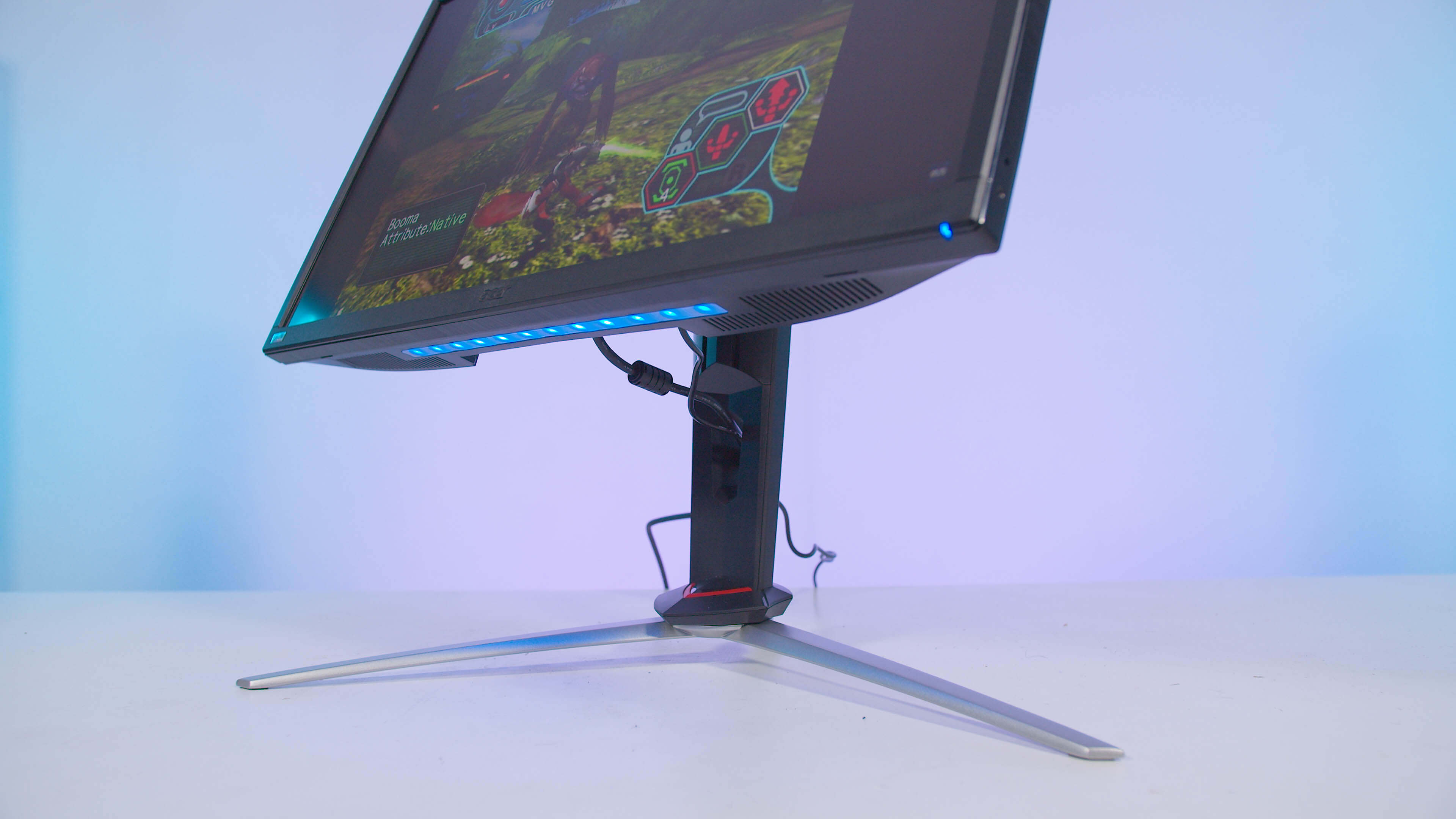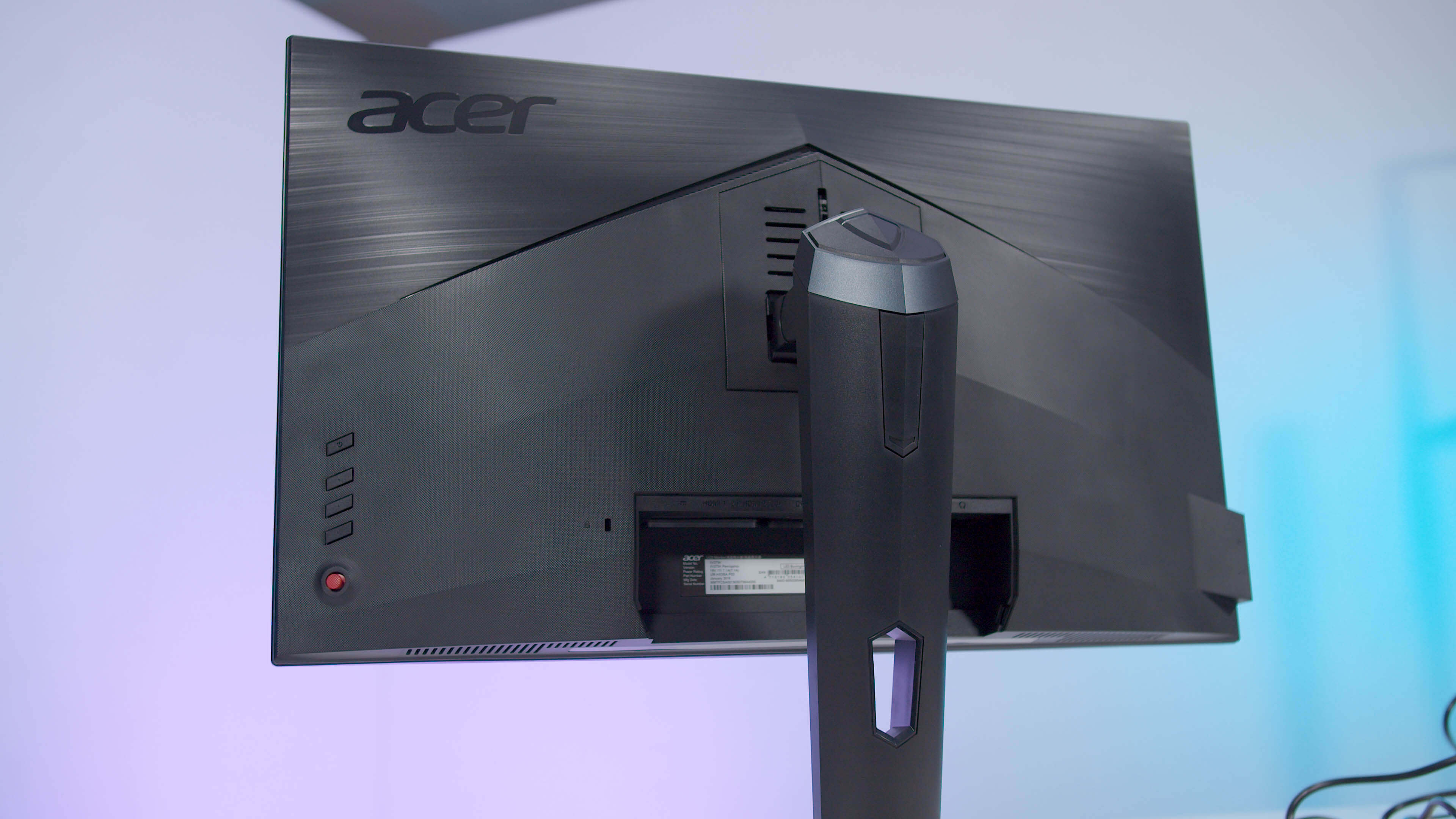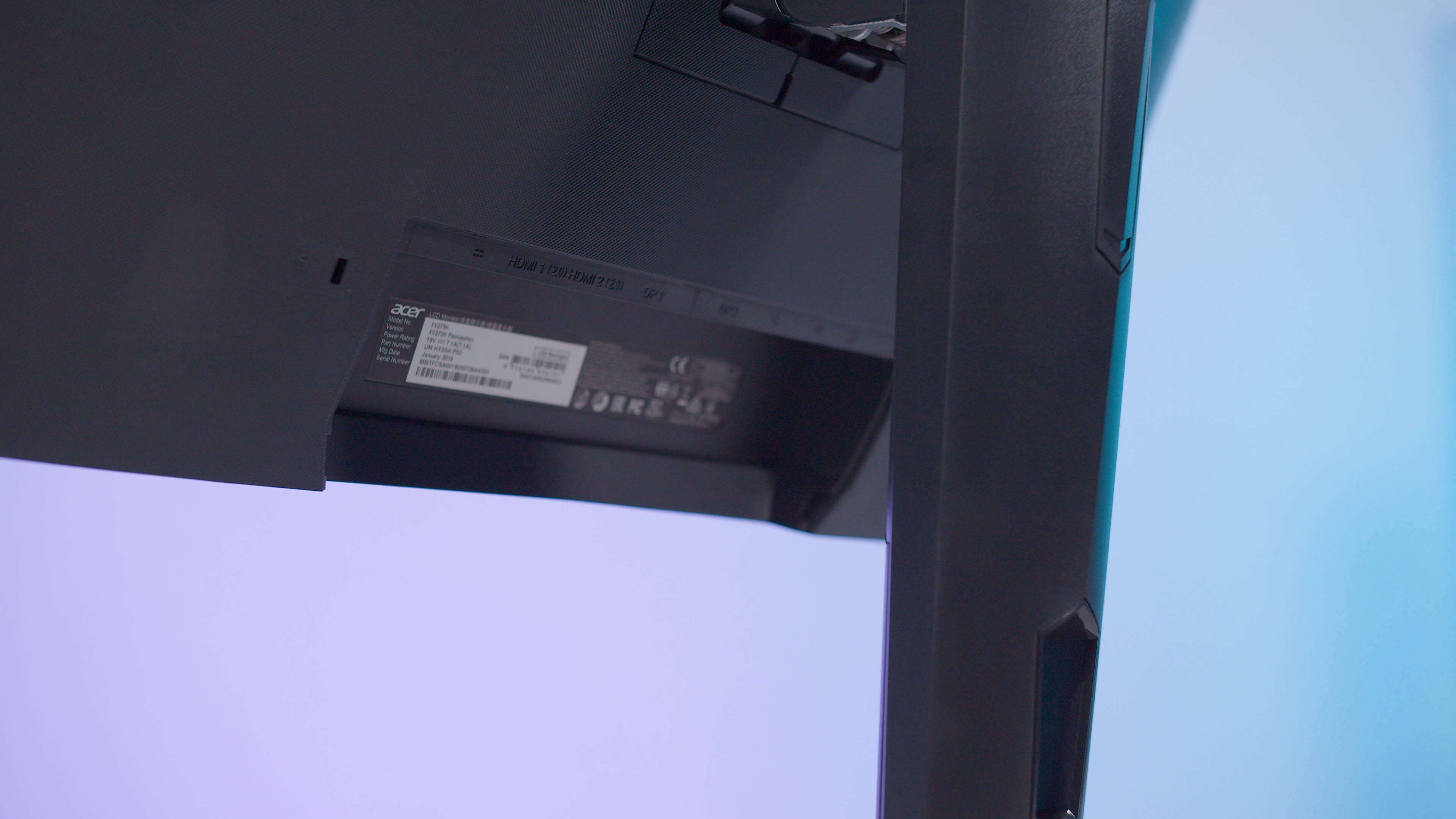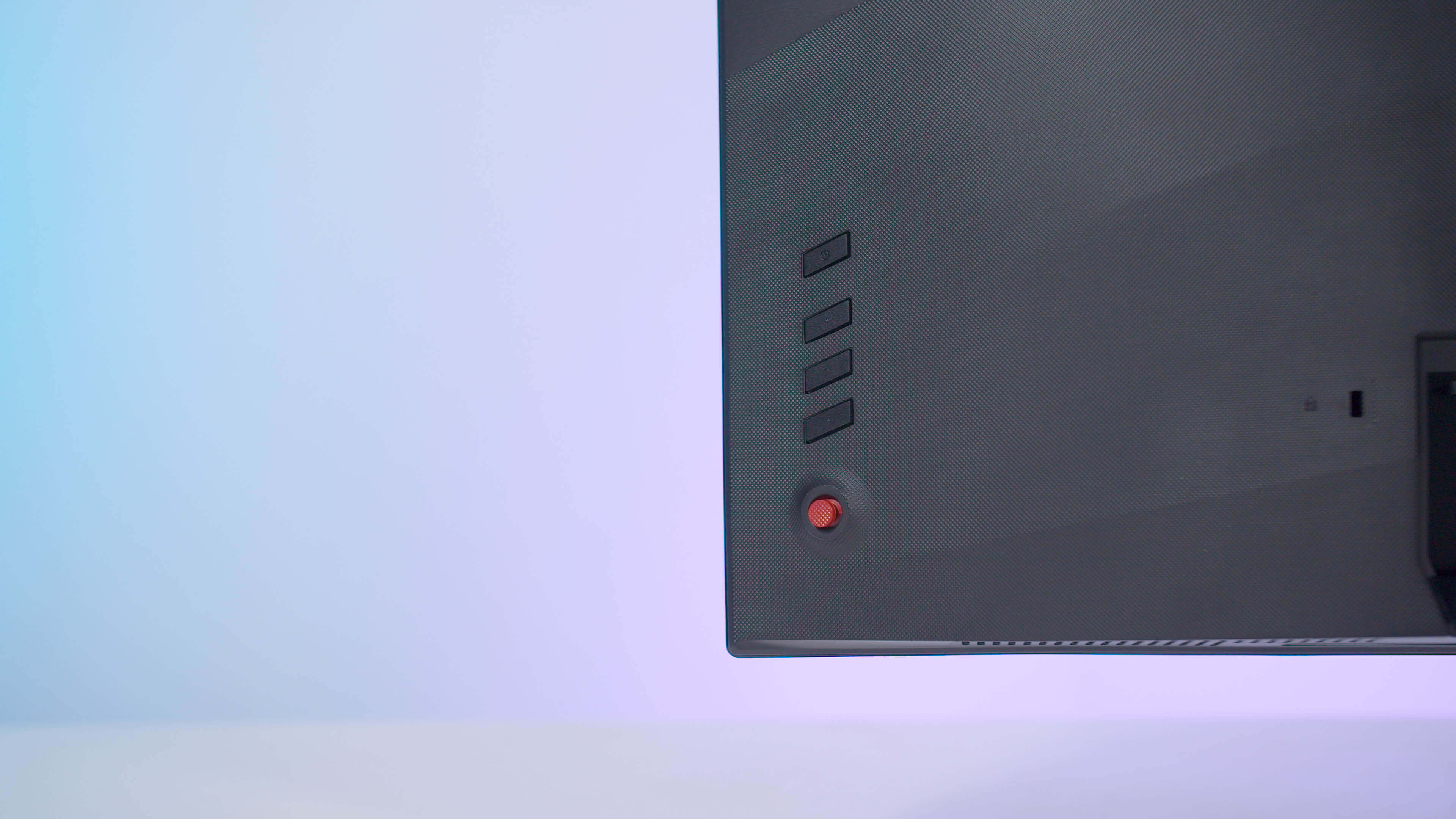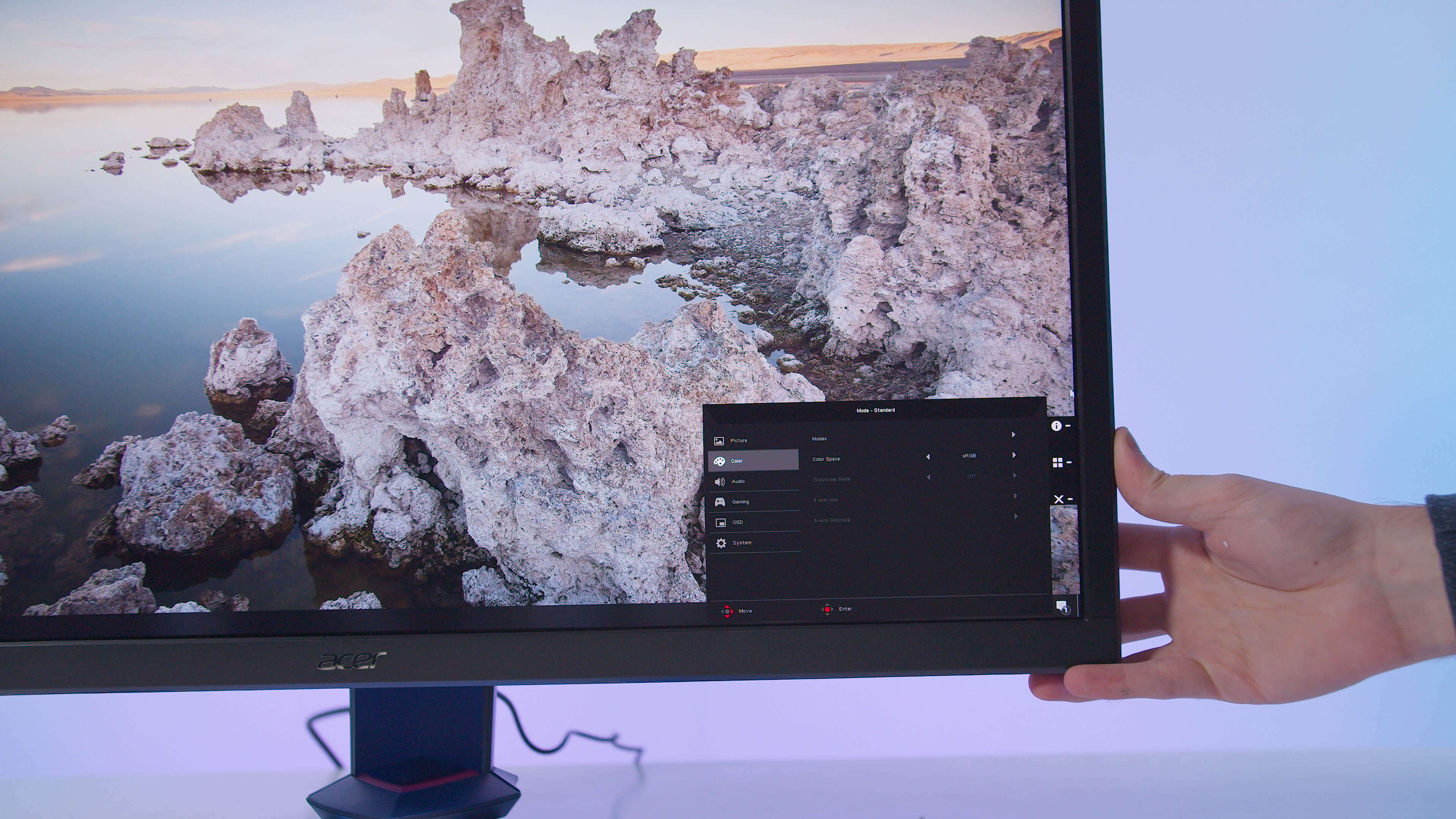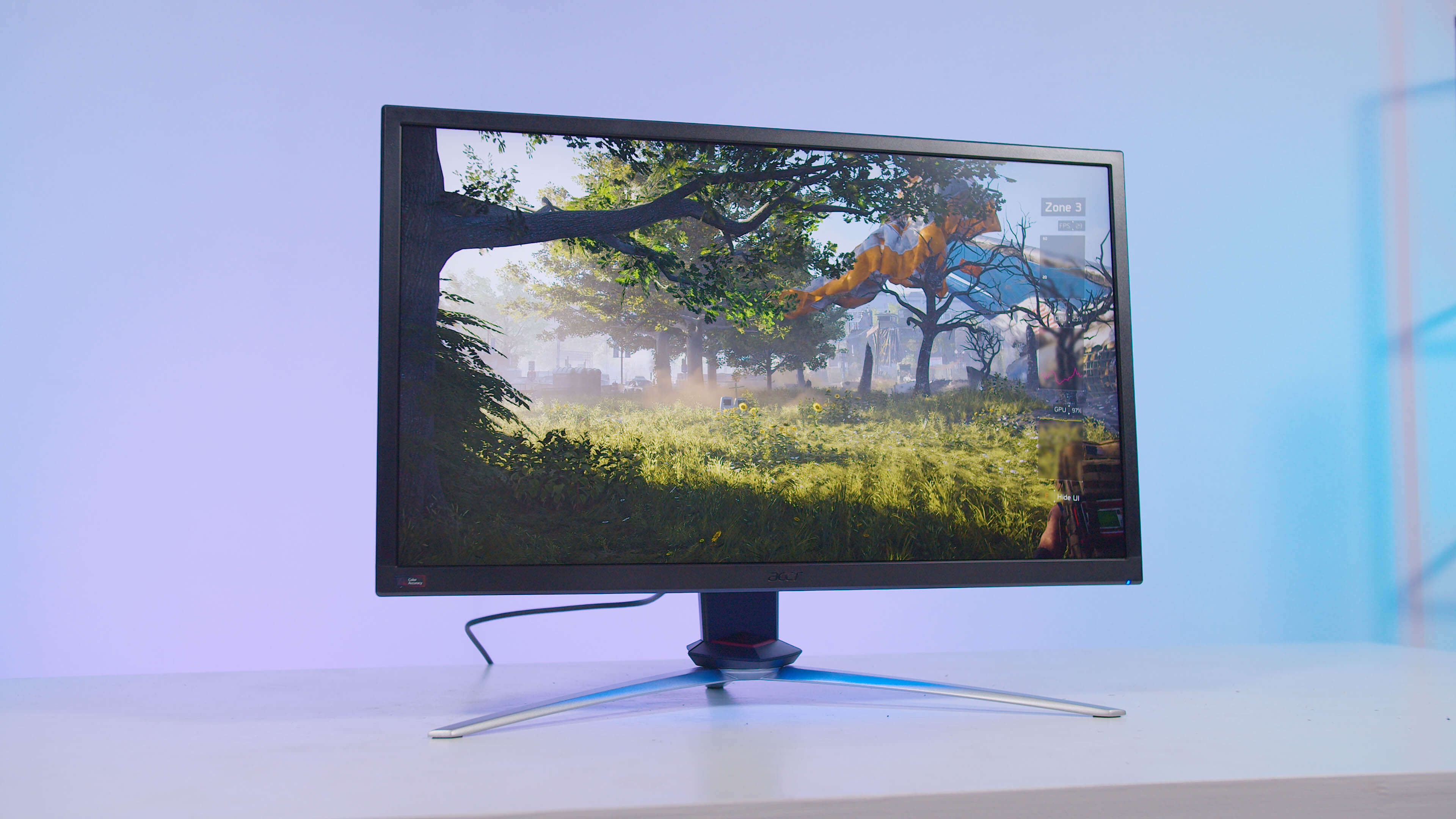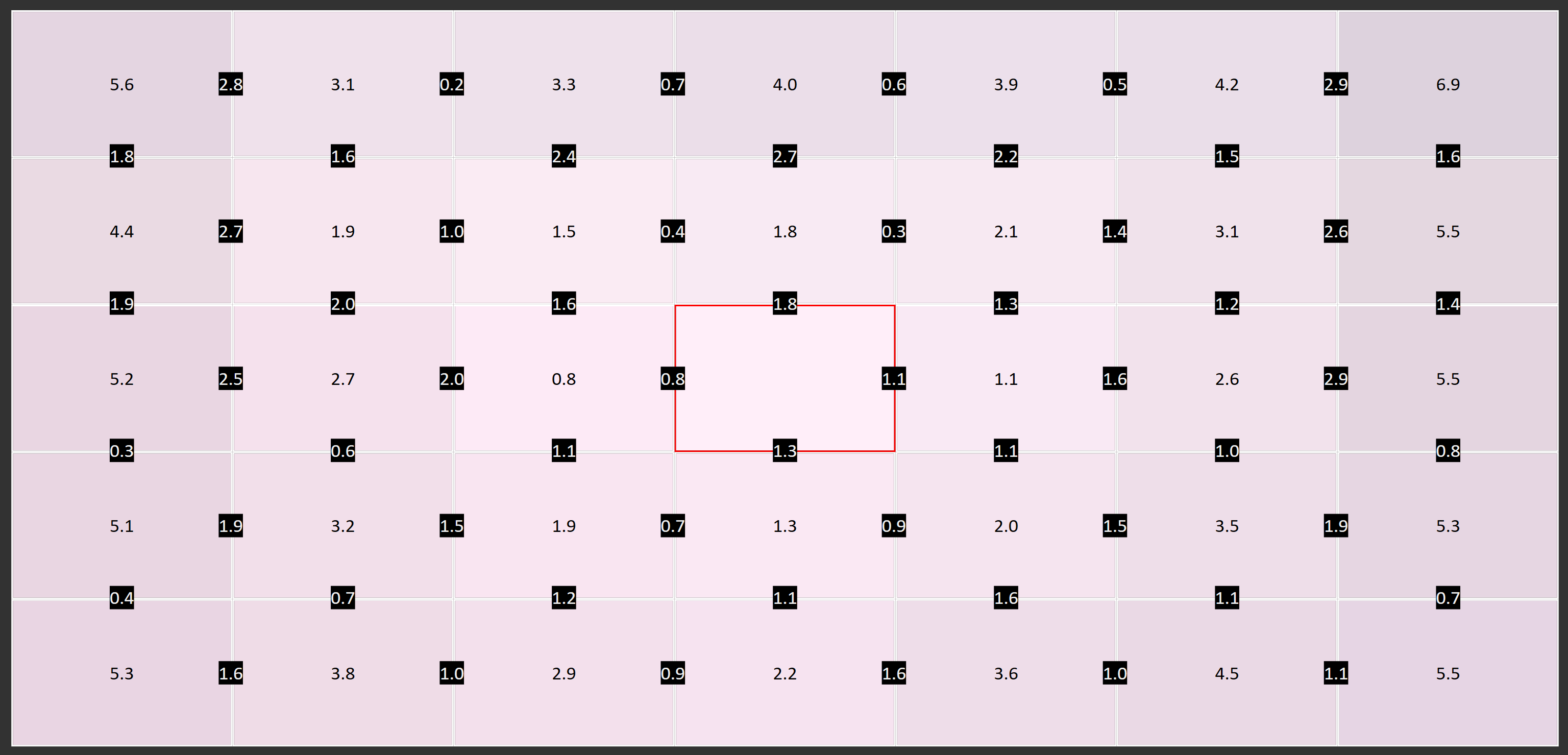The Acer Nitro XV273K is the first monitor to bring a 4K resolution and 144 Hz refresh rate to gamers at a more affordable price point.
You might remember our reviews of the Acer Predator X27 and Asus ROG Swift PG27UQ, the first monitors ever to pack this combination of a high resolution and high refresh rate. But because they also included proper HDR support and G-Sync Ultimate, they were priced out of reach of many buyers at around the $2,000 mark.
The Nitro XV273K is much cheaper, often retailing for around $900. We wouldn't call this a value offering, but given what's on offer and at half the cost of the original high-refresh 4K monitors, it is no doubt a tempting proposition for those buying a premium display.
Naturally, some features have been cut to bring the price down. The big omission here is FALD or full array local dimming backlight that was found in the Predator X27. The FALD backlight is what brings proper HDR to the table and with that feature missing, we're no longer getting true HDR capabilities. The XV273K is still "DisplayHDR 400" certified, but that validation stamp is pretty much meaningless.
G-Sync has also been cut in favor of FreeSync, but now that Nvidia supports FreeSync openly it's no reason for concern, and as expected adaptive sync worked fine with the Nvidia GPUs we tested. In fact, this monitor is G-Sync Compatible, so the Nvidia Control Panel automatically detects it as an adaptive sync monitor and applies the appropriate settings for you.
Design
Acer has given this monitor a definite gamer aesthetic without going overboard with it. The stand uses silver metal prongs and there's a bit of flare to the base with a red highlight, but otherwise we're getting a standard black plastic construction. It's not a particularly slim monitor, it's perhaps slightly thinner than the X27 as there's no FALD backlight, but you'll mostly be viewing it from the front where the bezels are moderate if a little larger than normal.
As for other elements, we get a little bit of RGB LED action along the bottom edge but that can be disabled. The stand is height, tilt and swivel adjustable but there's no pivot motion, so you can't use it in a portrait orientation.
Overall the stand is very sturdy, which is great to see. There's no active cooling fan, meaning the monitor is silent unlike the two G-Sync Ultimate monitors we mentioned earlier.
In terms of connectivity there are two HDMI ports and two DisplayPorts, plus some classic USB hub action. The monitor requires an external power brick as well. The on-screen menu uses a directional toggle – that's a tick in my book – plus a few shortcut buttons. Unfortunately, the OSD is sluggish to navigate, something that surprised us and we don't find often at this price point.
What you will find in the menu though are some neat features including black frame insertion mode for increased clarity, I personally never use this mode but I know some people find it useful. There's also a low blue light mode, a mode that uses the ambient light sensor to automatically adjust settings, a few cheat crosshairs, plus some other goodies.
Performance
Moving into the performance section, there are a few refresh rate oddities worth mentioning that effectively make the Acer Nitro XV273K more of a 120Hz 4K monitor. While this panel is capable of a 144 Hz refresh rate, enabling it is hidden away in the on-screen menu. To use the mode you'll need to run dual DisplayPort cables, which introduces its own set of compatibility challenges. But worst of all, enabling the 144 Hz refresh rate disables FreeSync; not an ideal situation for gamers that benefit greatly from adaptive sync with such a high resolution.
There are some workarounds that buyers have discovered, but they are pretty complicated and to be honest, the difference between 120 Hz and 144 Hz isn't large enough to warrant the effort. It is a bit annoying that a product marketed as supporting 144 Hz is either compromised at that refresh rate, or requires a lot of effort to get working properly, but at least it's quite easy to get 120 Hz working through a single cable.
With that said, we can understand what Acer has tried to do here. By supporting 144 Hz through dual DisplayPort rather than a single cable like with the Predator X27, the monitor is capable of running at that refresh rate with 10-bit color for HDR without chroma subsampling. So if you do want to run at that refresh, the image is clearer than with the equivalent G-Sync Ultimate displays, albeit without adaptive sync in most cases.
You will be stuck with chroma subsampling if you want to run at a 120 Hz refresh rate over a single cable and use HDR at the same time. The SDR mode is fine, but for HDR viewing over a single cable with native RGB you'll need to drop down to just 60 Hz as there's no optimal 98 Hz mode. Another minor annoyance.
When taking into account all of this refresh rate and cable talk, our recommendation is simply to run at 120 Hz in the SDR mode over a single DisplayPort cable. It's nice and simple, you'll retain adaptive sync – the difference between 120 and 144 Hz is small – and this monitor's HDR mode isn't good enough to bother using it and fluffing around with chroma subsampling.
The other reason to stick to 120 Hz are the response times. The monitor comes with two overdrive modes: normal and extreme. However the extreme mode introduces overshoot with many transitions. We recommend using the normal mode that with a grey to grey average response time of 7.52ms, the display effectively is bottlenecking to around 120 Hz anyway. In other words, there isn't much to be gained from jumping up to 144Hz.

This response time result puts the XV273K below the more expensive Asus PG27UQ and Acer X27 in the charts despite having similar panels. We wouldn't say the XV273K is bad and it's fine for 120 Hz, but it's nothing special. On the other hand, input latency is great at ~3ms, which is an ideal result for a gaming monitor.

Moving on to brightness and contrast. In the SDR mode we're getting around 430 nits peak which is more than enough for most viewers, and when combined with great viewing angles particularly in the horizontal plane, this is a highly viewable monitor. As for contrast, it's typical for an IPS at around the 1000:1 mark. You won't see VA-like numbers, but it's decent enough.


For gaming monitors we tend to treat color accuracy as a nice bonus but considering this display is nearing the $1,000 mark, it's probably more important than usual. Acer claims factory calibration to a deltaE average of less than 1.0, and the monitor comes with a number of color modes for popular gamuts like sRGB, Rec.709 and DCI.
We'll quickly run through default out of the box performance. It's nothing amazing but we don't imagine too many people will run the monitor in this mode. As expected, the gamut is fully unclamped, so we're getting the entire 91% DCI-P3 coverage this monitor is capable of, even for sRGB content which means oversaturation. There's also an incorrect white point, and generally deltaE averages are above 4.0 which is not accurate.
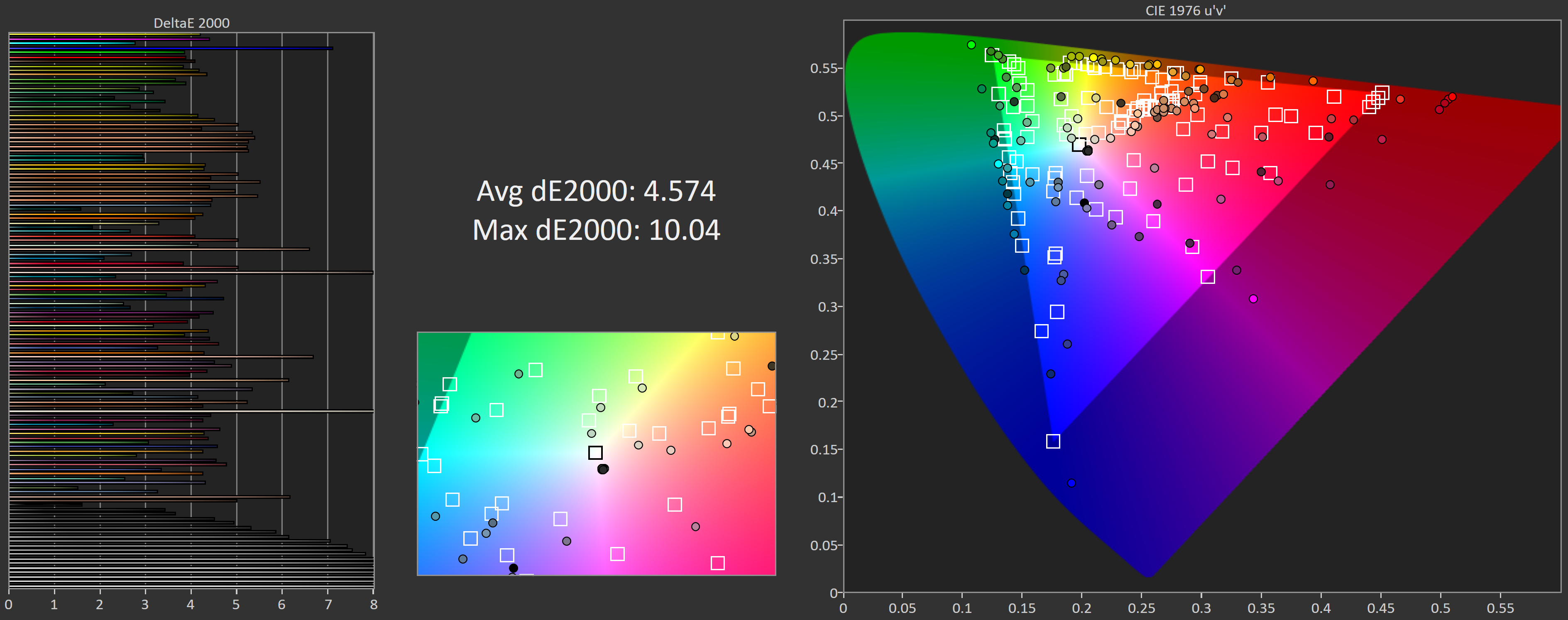
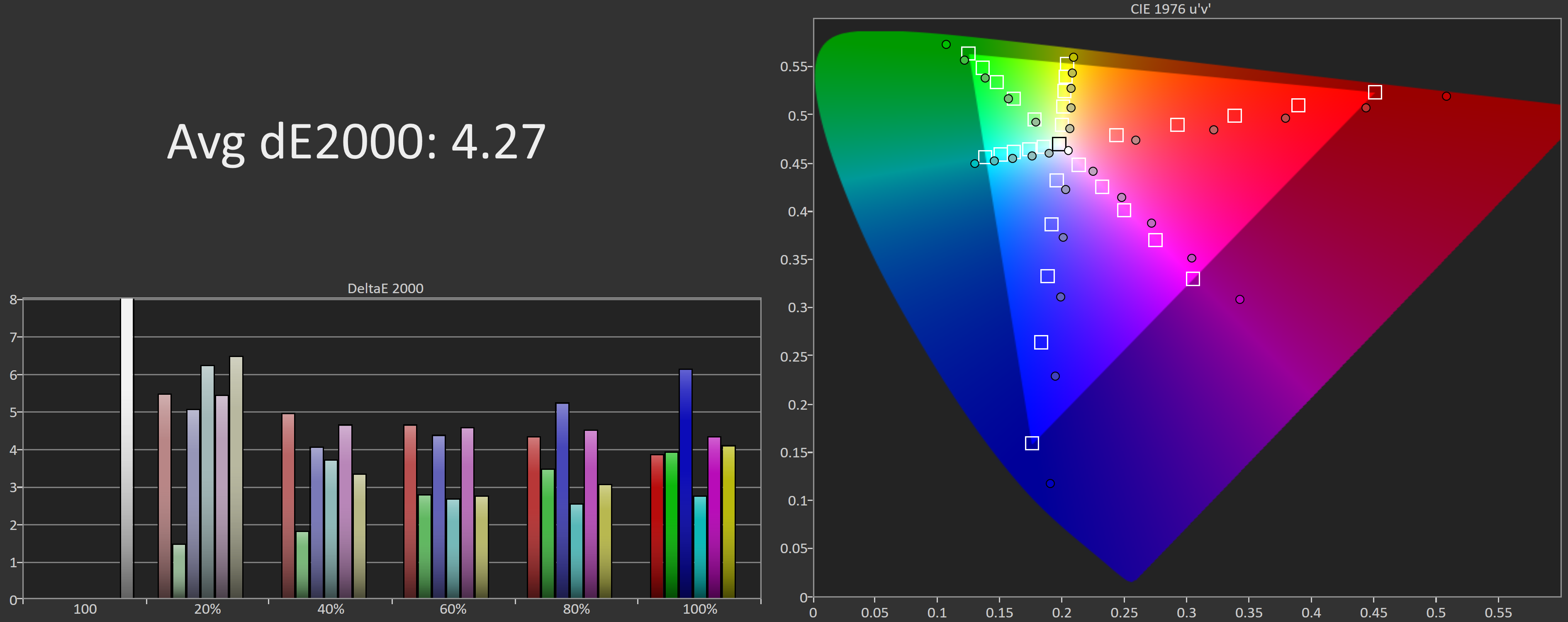

Switching to the sRGB mode things do improve, but perhaps not to the level we'd have liked. The monitor still has a slight red tint to greys which is noticeable when putting the monitor next to a properly calibrated display. This behavior was a little unusual given the supposed factory calibration and isn't quite close enough to the ideal white point to get our tick of approval. Greyscale deltaE averages are still around that 4.0 mark as a result.
With our saturation testing you can clearly see the gamut is fully clamped to sRGB, which is good for most content you'll be viewing. DeltaE averages for some colors are better than others, but it evens out to around 2.5. That is not perfect, and not the 1.0 Acer claims, but for gamers we think it's good enough.
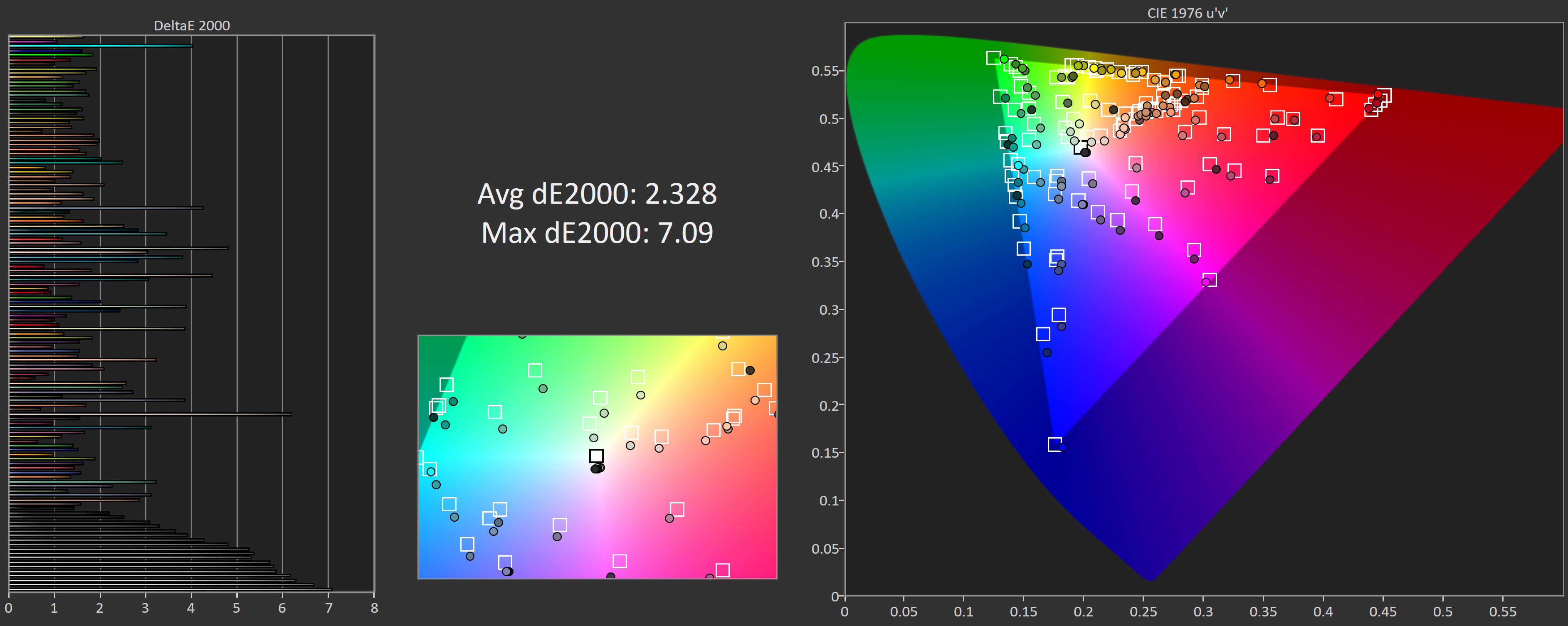
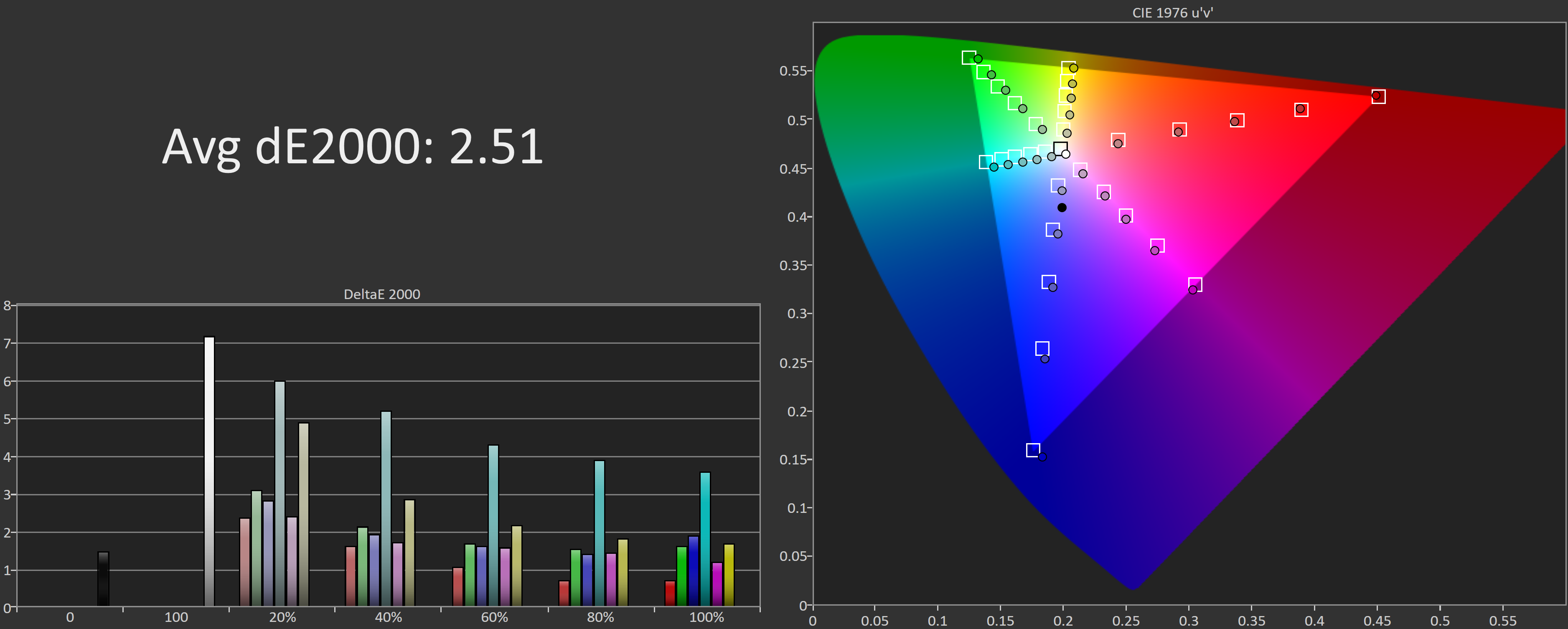
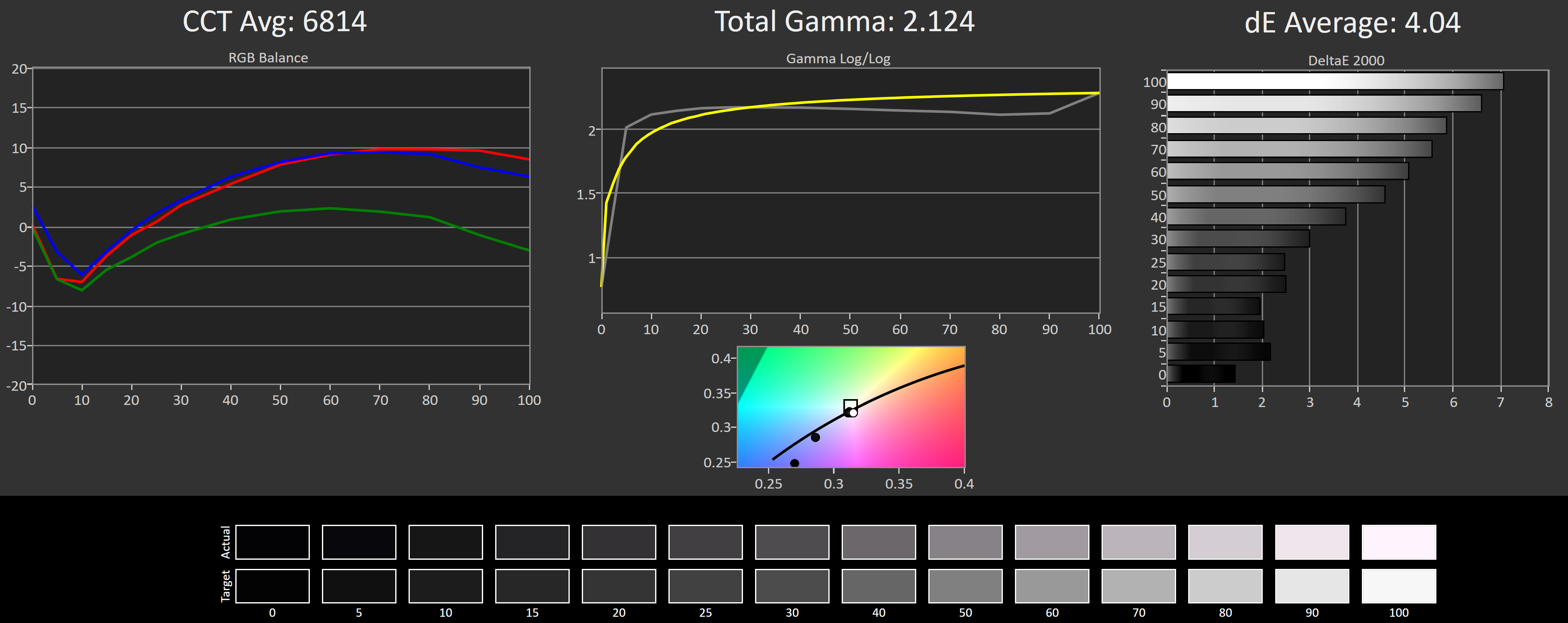
It's a similar story for the DCI mode, so we're not going to talk about it in detail, but if you need a wide gamut mode it's one to consider. Unfortunately fixing the incorrect white point does require a software profile.
When calibrated using DisplayCAL you can see the results which are quite good with deltaE averages around the 1.0 mark. This combination of the sRGB mode and a software profile would be fine for creators, especially as the monitor uses an IPS panel with great viewing angles and decent wide gamut performance.
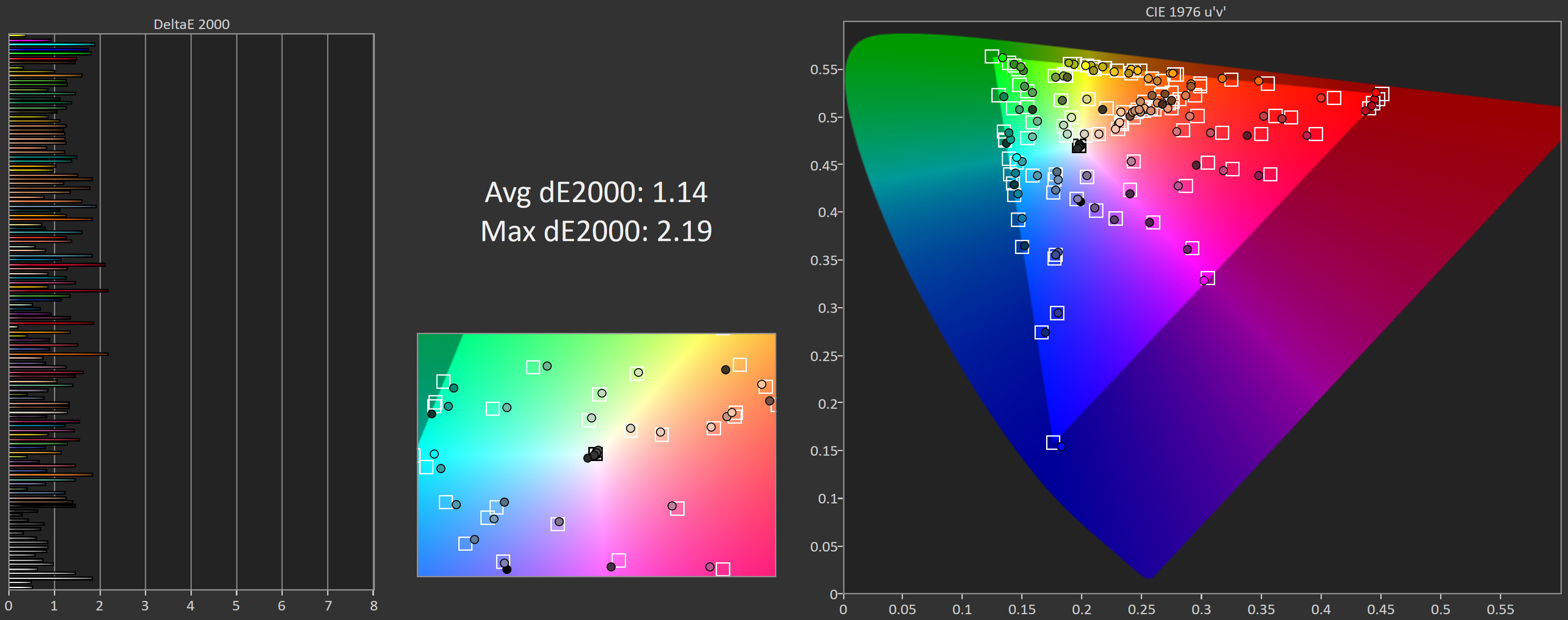
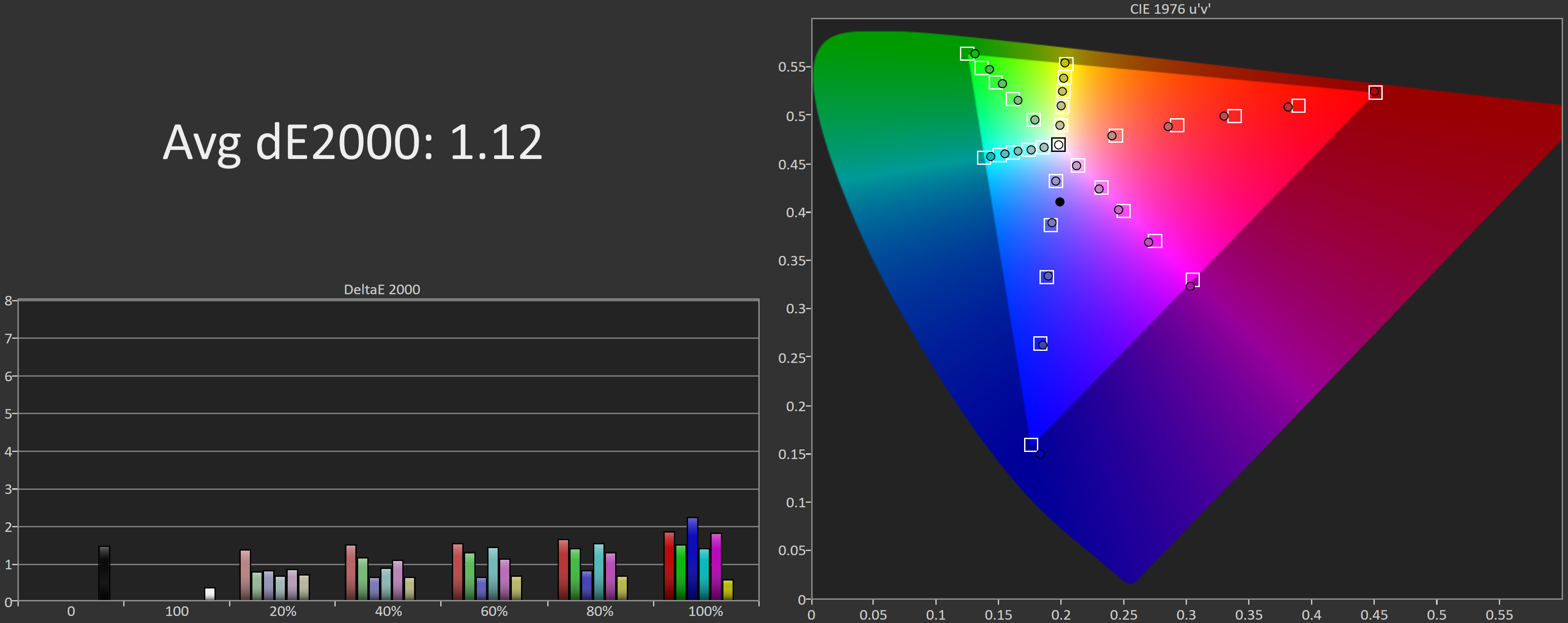
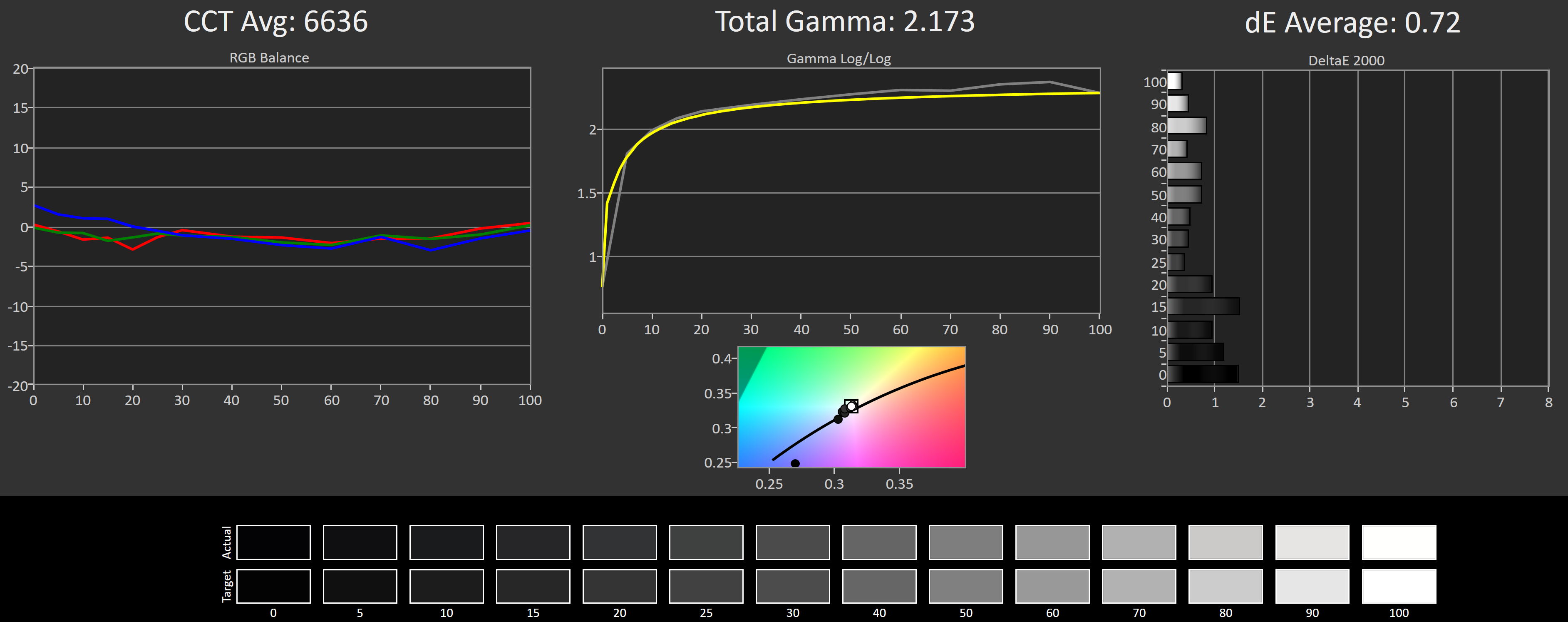
Uniformity is not amazing and about a typical result for a gaming-grade monitor. The results we got from the Acer Predator X27 in uniformity and color performance are better than what this panel provides. Perhaps there's a higher level of factory calibration for what is a $2,000 display.
HDR isn't worth touching because we're looking at another fake HDR display. The DisplayHDR 400 certification means the XV273K fails two of the three key metrics for good HDR performance. Namely brightness is too low as it fails to hit 600 nits peak, and there's no local dimming, so the contrast ratio stays fixed at around 1000:1 which is far too low for HDR content. We wouldn't buy this monitor for HDR and we wouldn't bother using the mode altogether.
Wrap Up
The Acer Nitro XV273K is one of those monitors that is in a unique position because there aren't many like it on the market. You have the super expensive G-Sync HDR panels that cost $2,000, but if you don't care about HDR and just want a high-refresh 4K monitor, it's basically the XV273K you want to buy, or nothing. There is also the XB273K which is a G-Sync variant of essentially the same display.
If high-refresh 4K is what you want, the XV273K is definitely the monitor you should get. We don't think proper HDR is worth spending an additional $750; considering this display is relatively affordable at $900 and offers nearly every other feature of the Predator X27.
In a number of areas Acer is providing a great high-end gaming experience. The build quality of the XV273K is great, the IPS panel puts up respectable performance numbers including a true 120 Hz refresh rate. The included sRGB mode is great for standard gaming and you get wide gamut support on top of that. Plus it supports FreeSync and is G-Sync Compatible certified.
Making it less than perfect, that top end 144 Hz refresh rate isn't as usable as we would like. Though we think 120 Hz is going to be enough for buyers and that refresh rate still delivers a great, fluid experience.
We can give our recommendation to the Acer XV273K for those looking for a high-refresh 4K monitor right now, even though we're still in the early adopter phase for this sort of monitor. The issues getting that 144 Hz mode to work well are largely technical limitations that will be solved on future iterations. We realize $900 remains a lot to spend on a monitor, particularly when high refresh 1440p displays are available at half the price, but Acer's shot at bringing 4K 120Hz gaming to the masses is commendable.
